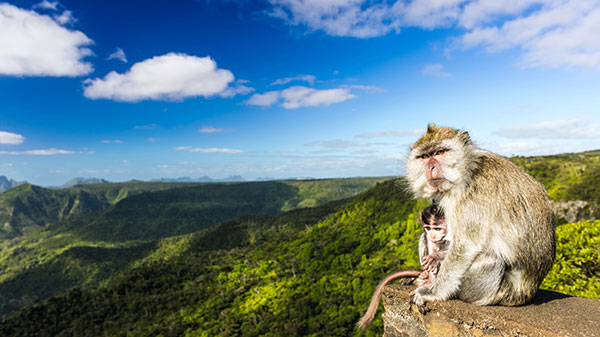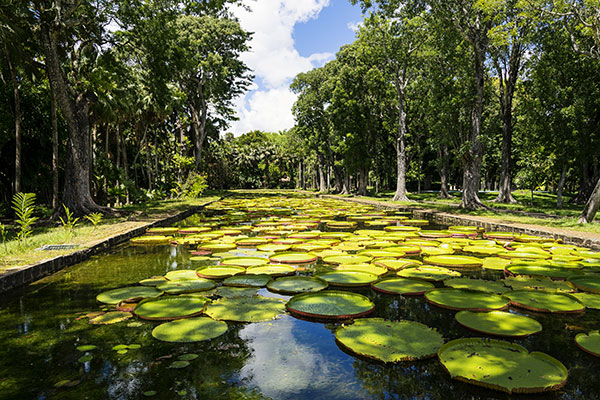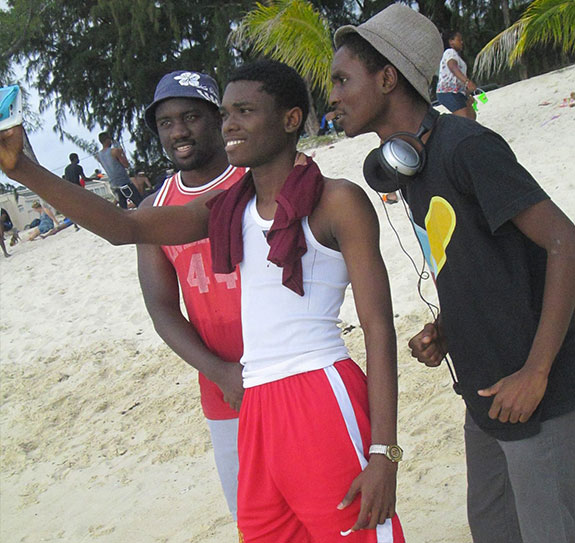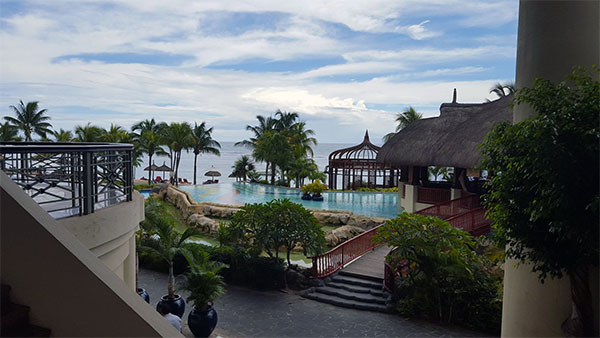Mauritius is known as a tropical paradise Island along the indian ocean. Faced with similar experiences of slavery and then colonialism with other countries on Mainland Africa, this unfortunate plight created a pathway to what Mauritius is today in terms of diversity of ethnicities. Despite having a population of just over a million people, the tiny country barely seen on most maps of Africa and of the world is rich in diversity in terms of race, ethnicity and even religion. Most part of the populace comprises of Indo Mauritians who are of Indian descents, Creole who are of African descent and Sino Mauritians who are of Chinese descent. A tiny part of the population comprises of whites from some parts of Europe.
Mauritius has greatly developed into an exotic tourist center and a point of attraction for tourists across the world. However it will bring me no surprise if some people have never heard of the island before as I only got to know about it in 2015 when I had the chance to study there as well as intern there for a couple of months, twice. Based on my experience, I have compiled a list of top places to visit in Mauritius when you visit the paradise island.

Black River Gorges National Park: Black River Gorges is the largest National Park in Mauritius and also the largest protected forest of Mauritius, providing over 50 km of trails. It fully immerses you in the experience of the true beauty of nature and it is also an ultimate place for you to explore especially if you like walking.
It is a spectacular place for all the bird watchers. It has many waterfalls and hiking places too and you can also find 300 species of flowering plants and different kinds of species of birds as well.
Le Pouce, Port Louis: Le Pouce is the third highest peak on the island and one of the most iconic features therein. From the top of the mountain, you’ll experience wonderful views of the country’s capital, Port Louis as well as the waterfront. Le Pouce is frequently visited by Mauritians and tourists and it is said that Charles Darwin visited the summit in 1836.
The south route is standard route most visitors take as it begins at a higher elevation and requires less than half the distance of the north route. The north route has better views, more shade, and a more gradual (and longer) ascent to the top.

Mauritius National Botanical Garden, Pamplemousses: The Botanical Garden, which was formerly known as Sir Seewoosagur Ramgoolam Botanic Garden, is one of the most visited sites in Mauritius. Located in the district of Pamplemousses, it was initially opened as a private garden by the French governor of Mauritius nearly 300 years ago, later to become the national botanical garden of Mauritius.
The botanical garden stretches over endless acres of land and it may take you more than a week to cover the whole garden. It has more than 650 varieties of plants including the Baobabs, and the Giant Water Lilies.
One of the main attractions of the botanical garden is the 85 different varieties of palm trees brought from different corners of the world. Other indigenous species of plants are also on display here.
Casela World of Adventures, Cascavelle: Casela World of Adventures has something special for any of visitor. Whether you wish to enjoy the company of tamed animals or you are after some serious adrenaline rush, Casela gives you the best experience you can ever imagine.
The Casela World of Adventures, repeatedly described as the leading attraction in Mauritius, is an exortic nature park located besides the Rempart Mountain on the island’s distinctive southwest region. Due to its diversity of activities including adventures taking you above the forested lands and safari tours, the vibrant park stands out for its diversity of leisure activities.
Casela World of Adventures is also home to to wild boars, macaque monkeys, hares, mongoose and many other animals. Hence, visiting the Casela park is a must for anyone visiting Mauritius anytime soon.
Le Morne Brabant: Le Morne is a rugged mountain that juts into the Indian Ocean in the southwest of Mauritius. In the 18th and early 19th centuries, it was used as a shelter by runaway slaves. Protected by the mountain’s isolated, and almost inaccessible cliffs, the escaped slaves formed small settlements in the caves and on the summit of Le Morne. Le Morne stands as a symbol of the slaves’ fight for freedom, their suffering, and their sacrifice, all of which have relevance to the countries from which the slaves came — Mainland Africa, Madagascar, India and South-east Asia. With a rich blast of history about slavery and colonialism attached to it, Le Morne mountain is a place where you can reflect upon these histories. If you love hiking (as well as history), you can hike the Le Morne mountain whenever you visit Mauritius.
Balaclava Ruins at Turtle Bay: Balaclava ruins, just like Le Morne represents a history, unique to the people of Mauritius and has become a tourist attraction over the years– It represents the remnants of a colonial society dating back to the 1800s. The primary attractions to Mauritius are not just its beautiful beaches, nightlife, nature excursions and shopping opportunities but also historical sites like this which represents a dynamic history pivotal to the island. However, you cannot truly experience the island unless you visit some its more historical sites. Balaclava Ruins shapes every visitor’s experience and perspective – and Mauritius has a particularly colourful one. Also, there is also a nearby unique beach which is historically known for having a lot of turtles in it. This is definitely a place for exploration for anyone.

Mont Choisy Beach: Mont Choisy Beach, is among the most beautiful beaches in Mauritius. Ir stretches almost 3 kilometres long from Trou aux Biches to Pointe aux Canonniers, thus, making it the island’s longest beach. If you are looking for a beach for long walks, frequent swims and romantic sunsets, Mont Choisy beach is definitely a must visit place for you when you visit Mauritius.
Tamarind Waterfalls: Tamarind falls is also known as the 7 cascades and it is one of the most attractive waterfalls of Mauritius. Located on the central plateau near a small village called Henrietta, it is well known for its splendid green scenery and valleys. Tamarind Waterfalls affords you the opportunity to walk in the dense forest, hike and swim as well.
Chamarel Coloured Earth: The seven colored earth is a natural phenomenon and a famous tourist attraction across the island. The colors evolved through conversion of basaltic lava to clay minerals.
It is a small area of sand dunes comprising sand of seven distinct colours which are red, violet, green, purple, blue, brown and yellow.

The Westin Turtle Bay Resort & Spa: Inasmuch as Mauritius has several hotels, restaurants, resorts and spas, there is one I would definitely suggest based on my experience and that is the Westin Turtle Bay and Spa in Balaclava. I was attending an event for a few days and I must affirm that the location of the hotel is quite spectacular and perfect for a wonderful scenic view of the Indian Ocean. Also, the resort is well equipped with a children’s swimming pool, fitness center, a tennis court amongst other facilities.
The rooms are air-conditioned and they are well furnished with a TV and DVD player, a sofa and work desk and a coffee machine. Each room also features a balcony that gives you an awesome view of the indian ocean. Fitted with a bathtub and shower, the private bathrooms include free toiletries, a hairdryer and slippers.
Other facilities at The Westin Turtle Bay include babysitting services, a diving center, and a gift shop. Guests can enjoy planned beach activities and a variety of water sports. The on site restaurant serves local and contemporary cuisine, and 24 hour room service is available.
In conclusion, it is important to note that the above list is based on my personal experience alone and I can strongly affirm that these places are amazing places worth visiting in Mauritius! Hence, I encourage you to visit one or all of the 10 places listed above whenever you visit Mauritius.

